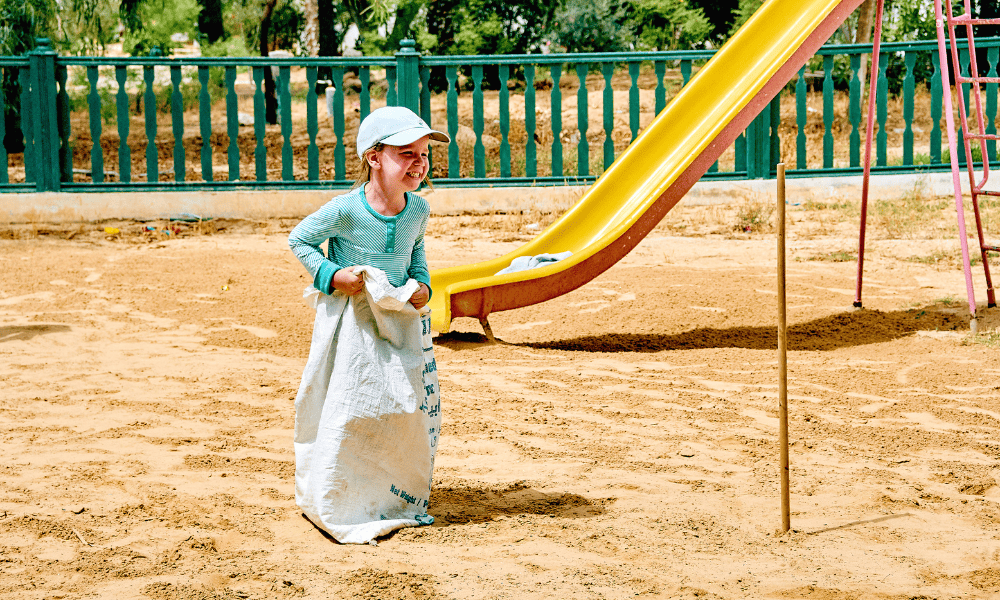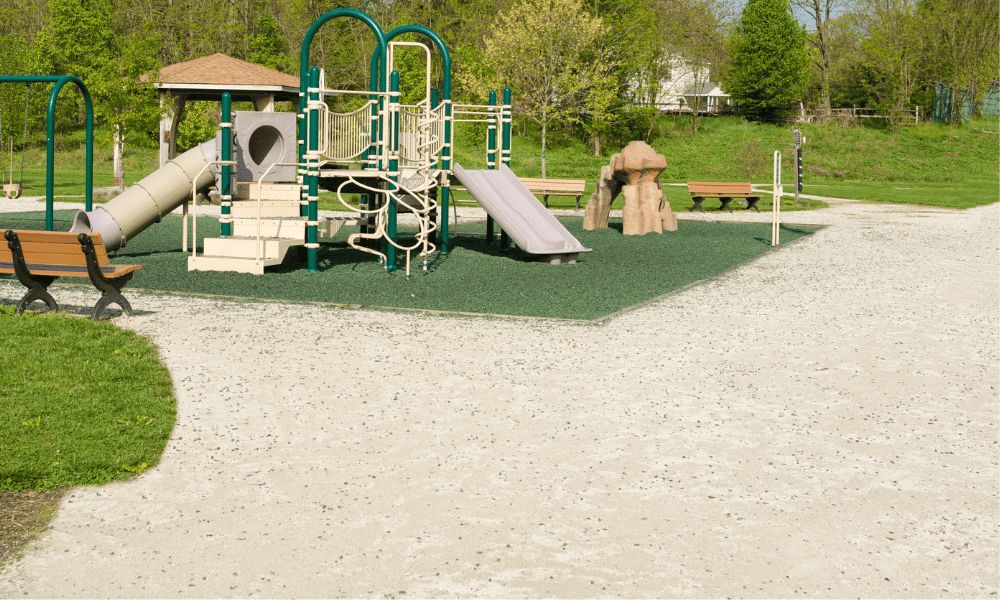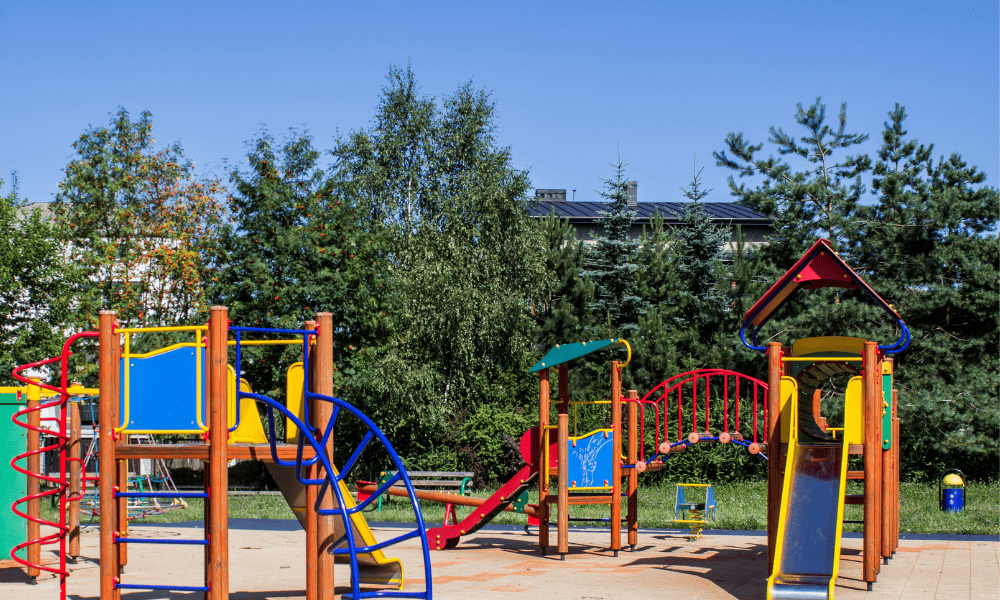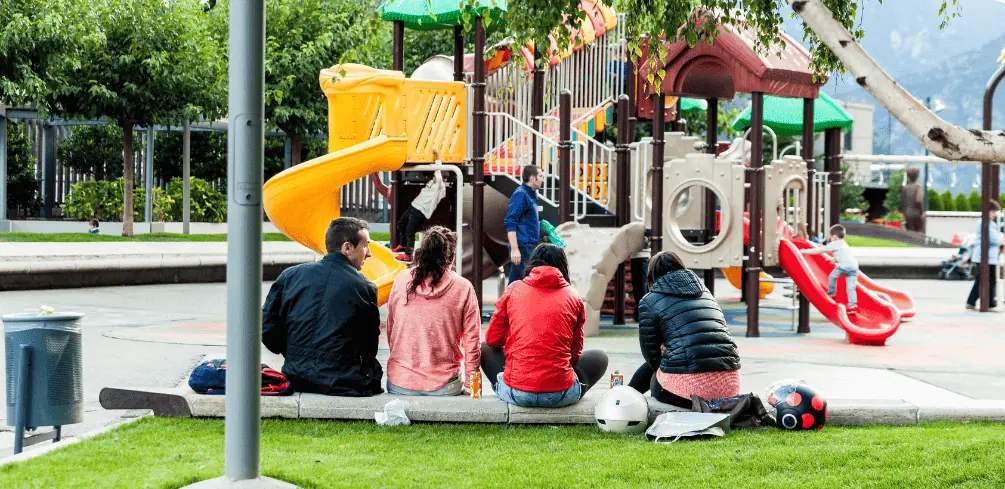As a devoted gardener, you’re always looking for ways to improve your soil and enhance the growth of your beloved plants.
You’ve probably come across a variety of soil amendments that promise fantastic results, including playground sand.
But is it actually good for your plants? Is there any scientific basis behind adding sand to your garden beds?
We understand that you crave knowledge like your plants crave nutrients; that’s why we’ve gathered all the essential information in one place so you can make an informed decision for your garden.
We’ll dissect multiple research studies and expert opinions on whether or not playground sand has any real benefits for plant growth and health.
With our detailed analysis and botanical terminology explained in layman’s terms, by the end of this article, you should be equipped with everything you need to know when considering incorporating playground sand into your gardening routine.
So let’s dive in and explore the fascinating world of soil science!
Soil Structure and Drainage

You might not realize it, but playground sand can actually alter your soil structure and drainage, which could potentially harm your plants.
The addition of sand to soil is often seen as a way to improve its texture, but this isn’t always the case.
In fact, incorporating playground sand into your garden may lead to reduced soil aeration and hinder root development in some instances. When you mix playground sand into your garden’s soil, it can either help or harm the overall structure, depending on the existing soil composition.
For example, if you have clay-heavy soil that retains too much moisture, adding sand can create larger air pockets and allow for better water drainage. This increased drainage simultaneously promotes healthier root development by preventing waterlogged conditions that can stunt growth or cause rot.
However, if your native soil is already well-draining, like sandy loam or silt loam soils, then introducing more sand might disrupt the natural balance and negatively impact plant roots’ ability to uptake nutrients from the surrounding environment.
Keep in mind that while adding playground sand to certain types of heavy soils may initially appear beneficial for improving texture and promoting root growth, there are potential long-term consequences for overall plant health.
Over time, combining large amounts of coarse-grained sands with clay particles may result in compacted layers that restrict water movement and impede essential gas exchange processes within the root zone.
It’s important to carefully consider these factors before amending your garden beds with playground sand – opting instead for organic matter such as compost or aged manure might be a more effective option for enhancing both soil structure and nutrient availability without compromising plant vitality.
Nutrient Availability for Plant Growth

Imagine trying to grow a lush garden only to find that the nutrient availability in the soil is severely lacking due to its sandy composition.
Playground sand benefits may include improved drainage and aeration, but when it comes to providing essential nutrients for plant growth, playground sand falls short.
The majority of playground sand consists of large, coarse particles that do not hold onto water or nutrients well, which can lead to root development issues and overall poor plant health.
Here’s a quick comparison of nutrient availability and other factors between playground sand and ideal garden soil:
| Factor | Playground Sand | Ideal Garden Soil |
|---|---|---|
| Nutrient Retention | Low | High |
| Water Holding Capacity | Low | Moderate-High |
| Aeration & Drainage | High | Balanced |
| Organic Matter Content | Low | Rich |
As you can see from the table above, although playground sand offers excellent aeration and drainage properties, it lacks the ability to retain nutrients and water efficiently.
Without an adequate supply of essential nutrients such as nitrogen (N), phosphorus (P), potassium (K), calcium (Ca), magnesium (Mg), and sulfur (S) – among others – plants grown in sandy soils will struggle with root development and overall vigor.
To overcome these challenges associated with using playground sand as a growing medium for plants, consider amending your sandy soil with organic matter like compost or well-rotted manure.
This addition will help improve nutrient retention capacity while maintaining reasonable drainage characteristics.
Furthermore, regular applications of balanced slow-release fertilizers or organic alternatives can provide your plants with the necessary nutrients they need for healthy growth in this otherwise challenging environment.
With some effort and attention, you can transform your sandy soil into a thriving garden oasis where your plants flourish despite their less-than-perfect starting conditions.
Potential Contaminants and Safety Concerns

Might there be hidden dangers lurking in your garden’s soil, posing potential safety concerns for both plants and humans alike?
While playground sand may seem like a harmless addition to your garden, it can potentially contain contaminants that could affect the health of your plants, as well as pose health hazards for you and your family.
Understanding the toxicity levels present in playground sand and being aware of the possible health hazards associated with its use is crucial when deciding whether or not to incorporate it into your garden.
To ensure a thriving garden without exposing yourself to unnecessary risks, consider using alternative soil amendments instead of playground sand.
Compost, aged manure, or vermicompost are excellent options that will not only improve soil structure but also provide essential nutrients required for optimum plant growth—all while minimizing the chances of harmful contaminants entering your garden ecosystem.
So, before adding any foreign substance to your beloved green space, remember to weigh the benefits against potential drawbacks. Your plants’ health (and your own) might just depend on it.
Comparing Playground Sand to Alternative Soil Amendments

When considering soil amendments for your garden, it’s essential to compare the pros and cons of playground sand with other options, such as compost or aged manure, to ensure you’re making the best choice for your plants’ health and overall enjoyment.
Playground sand benefits include improved drainage, aeration, and reduced compaction in heavy clay soils.
However, this amendment lacks nutrients and organic matter that can be vital for plant growth and soil fertility.
In contrast, alternative amendments like compost or aged manure offer a rich source of essential nutrients, organic matter, beneficial microorganisms, and moisture-holding capacity.
In comparing playground sand to alternatives like compost or aged manure, one must consider factors such as soil type, plant requirements, and desired outcomes.
For instance, sandy soils may benefit from the addition of compost due to its ability to retain moisture and provide essential nutrients needed for healthy plant growth. On the other hand, using playground sand in an already sandy environment may not yield any significant improvements.
Similarly, if your primary goal is to improve soil structure or increase nutrient content within your garden beds quickly – then incorporating more nutrient-dense amendments like aged manure or well-rotted compost would be more efficacious than merely adding playground sand.
While playground sand does have its role in gardening – particularly when it comes to improving drainage in heavier soils – it should not be considered a comprehensive solution when compared with other readily available alternatives.
When assessing which amendment will work best for your unique situation, carefully consider factors such as current soil conditions (texture & nutrient levels), specific plant needs (nutrient requirements & tolerances), as well as overall goals (improving drainage vs increasing fertility).
By doing so, you’ll ensure that you’re implementing the most suitable strategy for optimizing both plant health and garden productivity while minimizing potential harm from contaminants often found within commercial sands.
Making an Informed Decision for Your Garden

In the enchanting dance of gardening, it’s crucial to choose your partners wisely, as they’ll either elevate the performance or weigh it down with their shortcomings.
When considering whether playground sand is a suitable partner for your plants, there are several factors to take into account.
To make an informed decision for your garden, you must evaluate the specific needs of your plant diversity and aim to achieve optimal garden aesthetics.
Playground Sand:
Alternative Soil Amendments:
As you choreograph the intricate steps of your garden’s performance, remember that achieving harmony between plant diversity and garden aesthetics requires thoughtful consideration of each component’s strengths and weaknesses.
While playground sand may be a suitable choice for improving drainage in some situations, it falls short of providing essential nutrients necessary for vigorous plant growth.
By thoughtfully selecting soil amendments that cater to both aesthetic appeal and diverse plant requirements, you’re setting the stage for a thriving symphony of greenery that will delight both the eyes and senses.
Conclusion
Well, you’ve done it! You’ve waded through the complex world of soil structure and drainage, nutrient availability for plant growth, potential contaminants, and safety concerns. You’ve even compared playground sand to alternative soil amendments.
Aren’t you quite the horticultural hero? Now that your brain is brimming with botanical terminology and research-based detailed analysis, go forth and make an informed decision for your garden.
Remember, only a true green thumb can harness the power of playground sand – or not.



